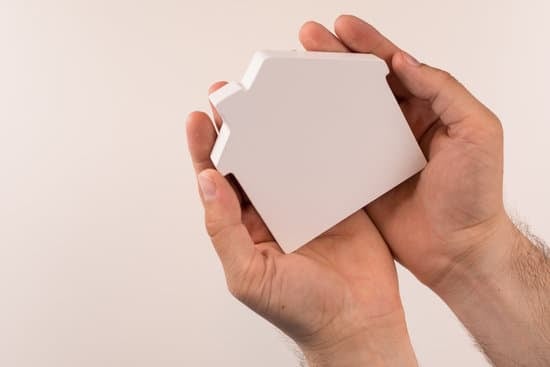Benefits of Using Prefabricated Systems
Prefabricated systems have become popular in the construction industry due to their numerous advantages. They offer a wide range of benefits, including faster construction, fewer risk elements, enhanced safety, and improved quality control. Additionally, prefabricated systems are environmentally friendly and provide a greater level of flexibility during the construction process. This article explores some of the most significant benefits of using prefabricated systems in construction.Robustness of Materials in Prefabricated Systems
One of the most significant advantages of prefabricated systems is the robustness of materials used in the construction process. Manufacturers of prefabricated systems use high-quality materials that are engineered to withstand even the harshest environmental conditions. For instance, prefabricated walls are reinforced with steel to provide extra strength and durability. This level of robustness ensures that prefabricated systems are suitable for a wide range of construction projects, including residential, commercial, and industrial buildings. Benefits of robust materials in prefab systems:- Increased lifespan of the building
- Protection from harsh environmental conditions
- Reduced maintenance costs
- Less risk of structural damage or failure
Faster Construction with Prefabricated Systems
Another key advantage of prefabricated systems is that they allow for faster construction. Prefabricated components come ready-made, which means that onsite construction time is significantly reduced. The efficient production method of prefabricated systems allows for quicker completion of projects within set deadlines, making them the ideal choice for builders and contractors working on tight time schedules. Benefits of faster construction using prefab systems:- Lower construction costs- due to saved labour costs
- Quicker completion times
- Less disruption to neighbourhood during construction
- Reduced overhead costs
Reduction of Risk Elements in Prefabricated Systems
Prefabricated systems provide an ideal solution for reducing the risk elements that are typically associated with traditional construction methods. When it comes to traditional construction, there is always a greater risk of accidents occurring on the job site. However, with prefabricated systems, most of the work is carried out in a controlled environment, which reduces the risks of accidents. Risk Reduction due to prefab systems:- Less likelihood of accidents due to advances in safety protocols
- Decreased risk of theft or damage to construction materials
- Less risk of weather-related interruptions during construction
- Reduction of onsite waste, and therefore a cleaner construction site
Quality Monitoring in Prefabricated Systems
Prefabricated systems allow for a higher level of quality control during the construction process. In a prefabrication facility, quality is continuously monitored, and the materials used are precisely engineered for their intended purpose. Components are made with precision and accuracy, which ensures consistent quality. Onsite construction using prefabricated components also ensures that the final product is of the highest quality as each component undergoes rigorous quality control checks before assembly. Quality control benefits of prefab systems:- Higher quality control due to meticulous production supervision
- Reduced risks of errors or faults during construction
- Increase in durability and longevity of the structure due to expert manufacturing and engineering process
- Consistency with government building codes and regulations
Environmental Advantages of Prefabricated Systems
Prefabricated systems are environmentally friendly due to their ability to reduce natural resource wastage and carbon emissions during the construction process. Unlike traditional construction, prefabricated systems require less onsite construction time, leading to a reduction in waste, emissions and energy consumption. The materials used in prefabricated systems are also recyclable and reusable, which means less waste ends up in landfills. Environmental benefits of prefab systems:- Reduced carbon footprint
- Less waste during construction process
- More energy-efficient buildings
- Reduced negative impact on the environment
Enhanced Safety during Prefabricated System Construction
Prefabricated systems have also been shown to be safer than traditional construction methods during the construction process. Since most of the construction work is carried out in a controlled factory setting, prefabrication has significantly less onsite work that carries a higher risk of injury and accidents. Additionally, prefabrication technology allows for the use of innovative safety features that enhance the safety of workers on the job site and reduce the risks of accidents. Safety benefits of prefab systems:- Innovative safety features for workers
- Less onsite work that carries a high risk of injuries or accidents
- Reduced liability for contractors and builders
- Elimination of work at heights risks

















